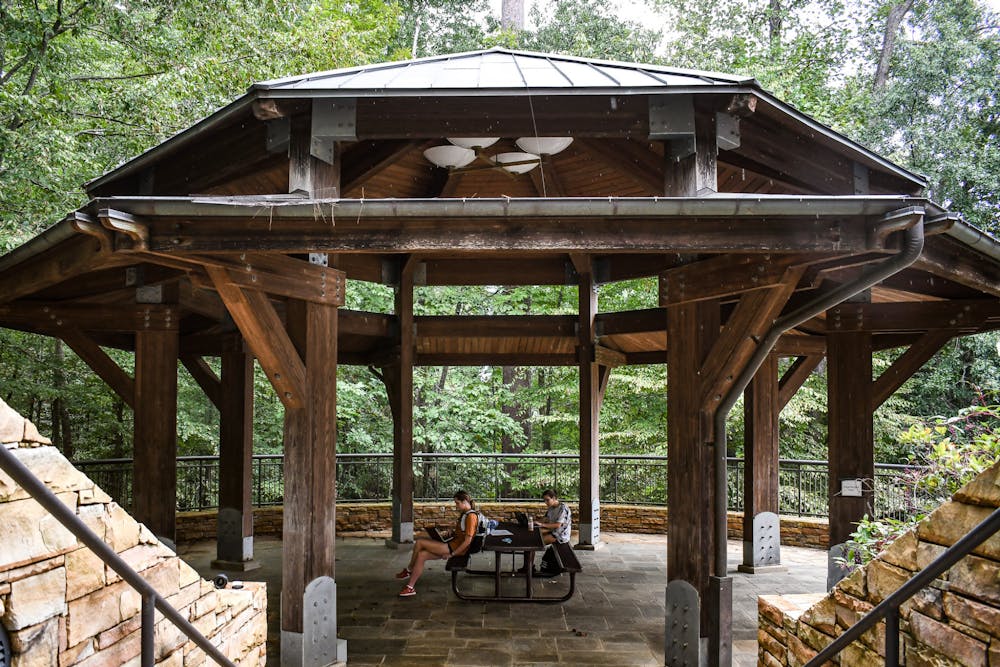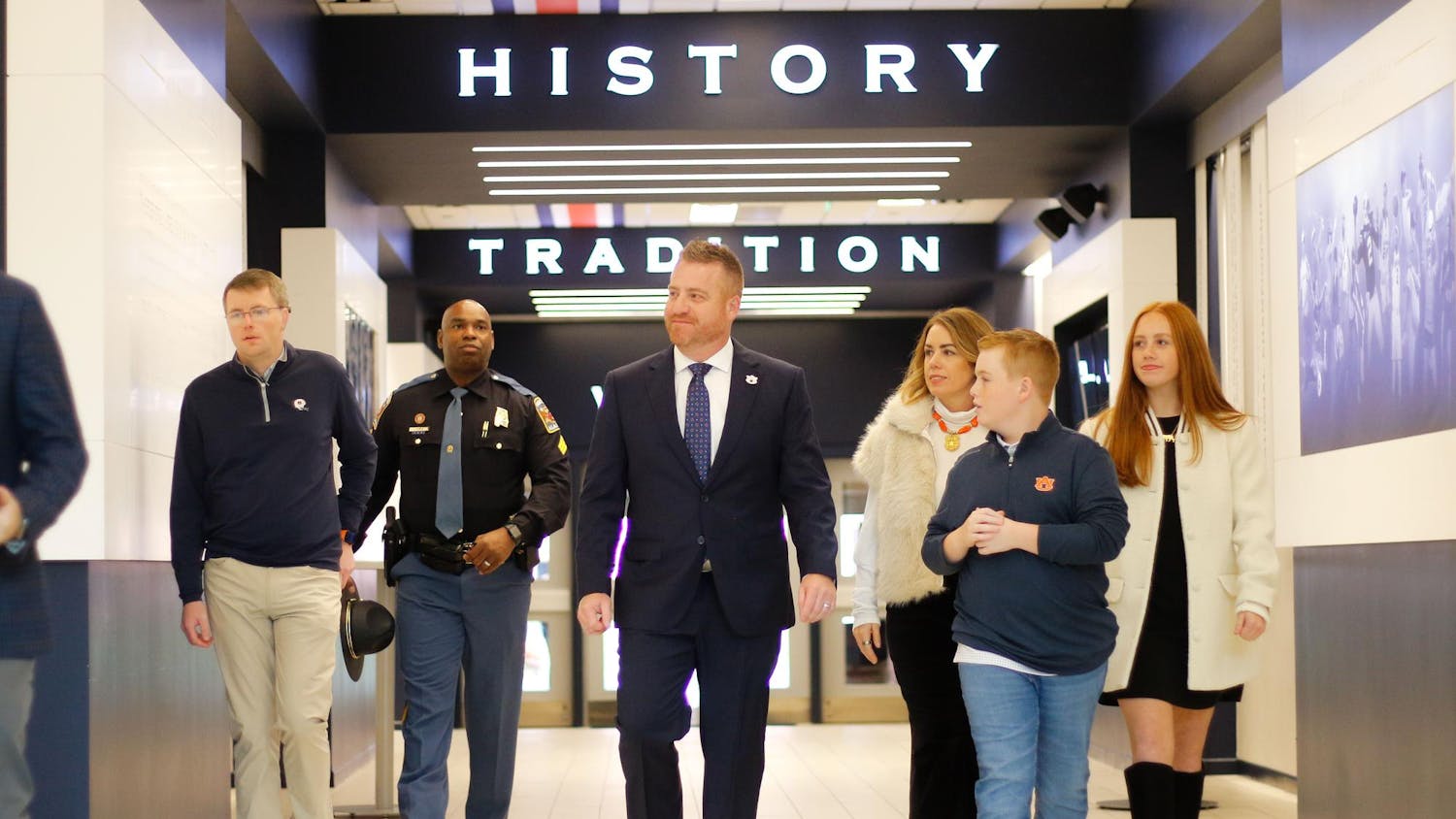A new feature of Auburn’s campus is continuing to grow to enhance the learning experience outside of the classroom. Located behind the School of Forestry and Wildlife Sciences Building, Weagle Woods is an 11-acre wooded area that is developing walking trails, a learning laboratory and educational signs on its path.
Beginning in the spring 2022, Weagle Woods added a walking trail within the area that is open to all students and the public. Visitors of Weagle Woods can find trees estimated to be over 200 years old and various resident wildlife.
“The whole idea is to put the information out there so all walks of life can enjoy and gain information from it,” said Amy Counterman, professor of practice in the college and project coordinator. Counterman prepares to utilize these new aspects of Weagle Woods to incorporate in her classes for this semester.
The new walking trail allows participating classes to have easier access to explore the environment. The trail follows a path of specific areas that provide learning and research spaces.
“It gives the teachers a lot more flexibility,” said Jack Childree, a student at Auburn University. “It’s a great resource to go out and still get the experience of being in a forest without having to leave campus.”
Weagle Woods will allow the students involved to conduct research on the atmosphere it offers, including climate, wildlife, pollen, and water flow within a stream that runs along the area. This experiential learning aspect gives students the ability to apply the skills and tools they gather from classes in a real-world environment.
“Once there is more signage and activities to go do and find in there, I think it will become a fun resource,” Counterman said. The College of Forestry, Wildlife and Environment hopes to use Weagle Woods for educational purposes this fall, however, it will be a continuous project with more supplements added on as studies develop and advance.
“It does provide so much value,” said Heather Crozier, the director of development. “To give somebody who is maybe not as familiar with natural resources, to better educate them on the importance.”
Weagle Woods also grants the College of Forestry, Wildlife and Environment recruiters the opportunity to illustrate the first-hand experiences that students of this college are a part of. The natural space introduces what the college has to offer and what their learning experience entails outside of the textbook
“It was just a fantastic opportunity to get hands-on experience in a science class. To take something hands-on and have access to go out there and actually interact with the things that we talk about in class,” Childree said.
The idea of an outdoor learning space within the College of Forestry, Wildlife, and Environment was brainstormed by faculty over recent years. Investments from outside assets permitted the growth of the project, on top of the actions taken by the department to bring the design to life.
“If we can find stakeholders that are willing to invest in a second phase, we will certainly be able to expand upon this project,” Crozier said. Weagle Woods plans to initially include informational signage around the trails to give context to visitors and is considering electronic components that can be accessed from the buildings surrounding the area in the future.
The walking trails of Weagle Woods are currently open to the public with one of the main entrances at the intersection of South Donahue Drive and Lem Morrison Drive.
Do you like this story? The Plainsman doesn't accept money from tuition or student fees, and we don't charge a subscription fee. But you can donate to support The Plainsman.





